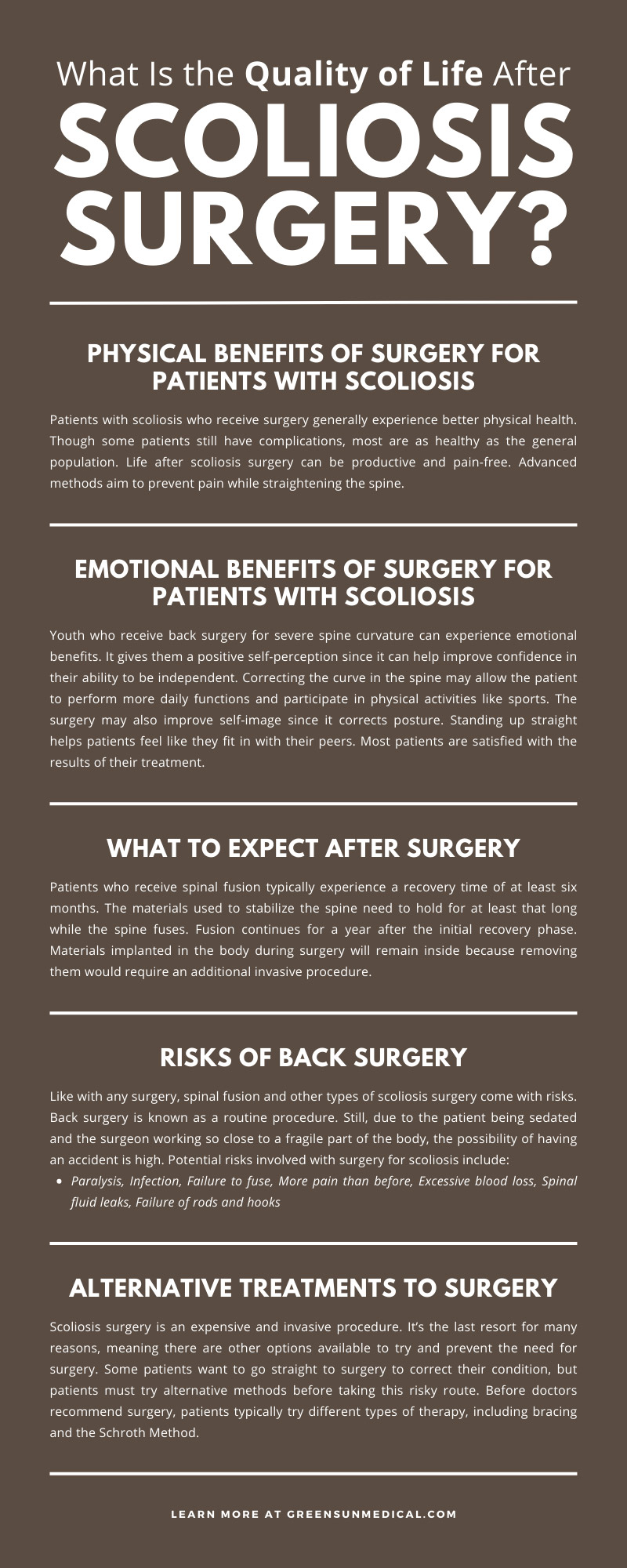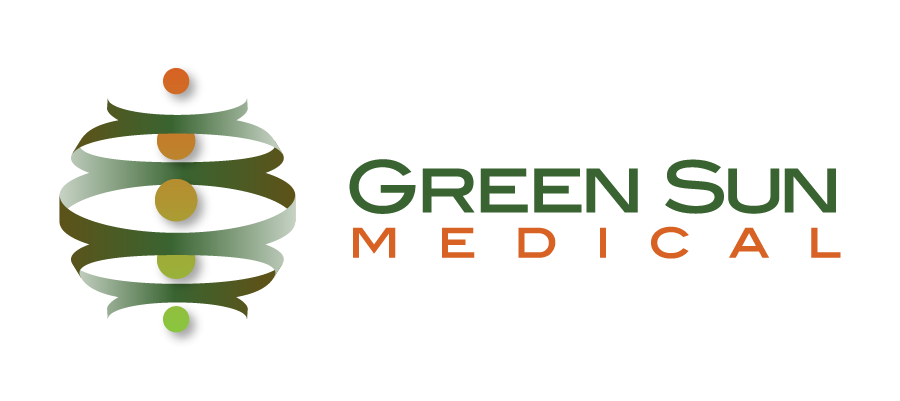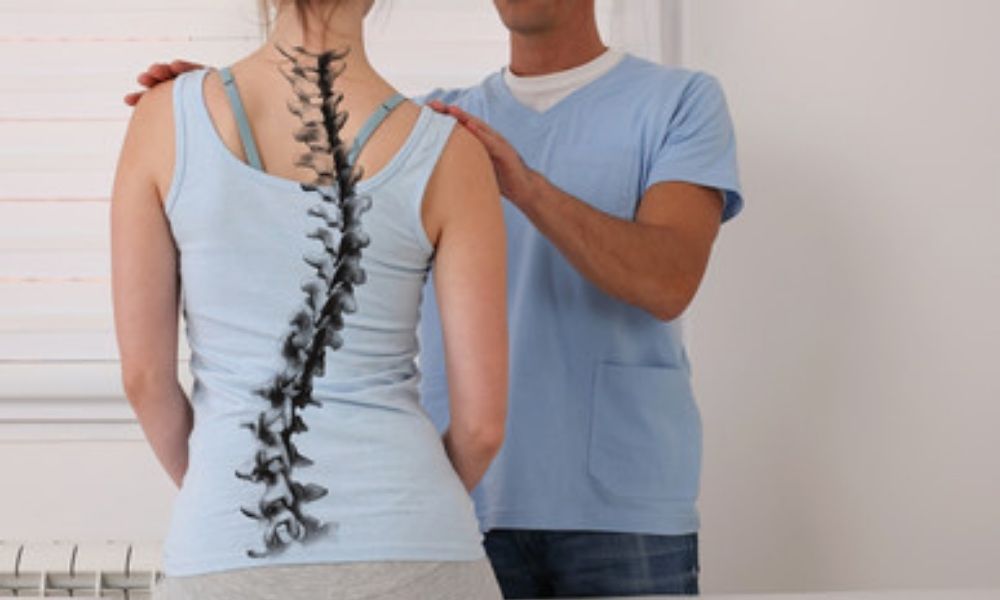Having scoliosis is no way to live when it impedes your daily functions. If using a brace or trying physical therapy hasn’t improved your condition, surgery is likely the next step. It can feel like the wait is finally over when your back surgery date is approaching. Still, you might be wondering, what is the quality of life after scoliosis surgery?
Don’t fall for the misconception that life immediately returns to normal after back surgery. Recovery time requires patience and self-care. Everyone’s experience is different—and matters—even if they don’t look the same. Keep in mind that our journeys diverge at every stage of life. Find out what you may expect after scoliosis surgery.
Physical Benefits of Surgery for Patients With Scoliosis
Patients with scoliosis who receive surgery generally experience better physical health. Though some patients still have complications, most are as healthy as the general population. Life after scoliosis surgery can be productive and pain-free. Advanced methods aim to prevent pain while straightening the spine.
In cases of severe spine curvature, untreated scoliosis is far worse than the possible pain surgery may cause. If left untreated, scoliosis can lead to additional health conditions and a lower quality of life. For instance, untreated cases may cause the spine to press against the heart or lungs, requiring treatment for additional issues.
Emotional Benefits of Surgery for Patients With Scoliosis
Youth who receive back surgery for severe spine curvature can experience emotional benefits. It gives them a positive self-perception since it can help improve confidence in their ability to be independent. Correcting the curve in the spine may allow the patient to perform more daily functions and participate in physical activities like sports. The surgery may also improve self-image since it corrects posture. Standing up straight helps patients feel like they fit in with their peers. Most patients are satisfied with the results of their treatment.
Types of Back Surgery for Scoliosis
Correcting scoliosis with surgery is a last resort for patients whose conditions won’t respond to bracing or other therapies or whose spines have curved past a certain degree. Advances in medical treatments give doctors multiple surgical options to consider. The best treatment for each patient is based on the severity of the curve and several additional factors. Advanced surgeries used today include vertebral body tethering (VBT), ApiFix®, and spinal fusion.
Spinal Fusion
As the best option for the most severe cases of scoliosibs, spinal fusion may fix the curvature of the spine while improving related conditions like organ function. Using hooks, rods, screws, and grafts, surgeons implant different materials to stabilize the spine. Surgeons choose which materials to use based on a patient’s age, as well as the rigidity and severity of the curvature of the spine.
Vertebral Body Tethering (VBT)
For patients who are intolerant or nonresponsive to bracing, vertebral body tethering (VBT) is a promising new option. It works like an internal brace, putting pressure on the outside of the curve while the spine continues growing. The treatment is best for children who are still developing and who already express a Cobb angle of 30 to 65 degrees.
ApiFix®
The ApiFix® device has been used for more than a decade to correct the spines of patients with scoliosis. The treatment is intended for adolescents. It includes a bar or rods that keep the spine straight while allowing for more range of motion than other treatments. The device is best suited for patients with major spinal curves.
What To Expect After Surgery
Patients who receive spinal fusion typically experience a recovery time of at least six months. The materials used to stabilize the spine need to hold for at least that long while the spine fuses. Fusion continues for a year after the initial recovery phase. Materials implanted in the body during surgery will remain inside because removing them would require an additional invasive procedure.
Patients often have a desire to return to normal life post-surgery. Recovery from back surgery requires time and patience, though. Some patients may continue to wear a brace post-surgery so they can get around during recovery. On the other hand, many need a caretaker to help them. After surgery, patients can’t drive, and they can’t twist or bend their bodies.
Part of recovery from scoliosis surgery is pain management. It’s necessary for most patients who have back surgery to take prescription medications for their pain.
Pro Tip: Another critical aspect of surgery recovery is cleanliness. You must keep incision sites clean to avoid infection.
Follow Up After Surgery
In addition to self-care, patients should follow up with their doctor after surgery. Doctors take x-rays around the six-week mark to analyze the healing process. They will begin allowing patients to resume daily activities that are safe for their condition.
Risks of Back Surgery
Like with any surgery, spinal fusion and other types of scoliosis surgery come with risks. Back surgery is known as a routine procedure. Still, due to the patient being sedated and the surgeon working so close to a fragile part of the body, the possibility of having an accident is high. Potential risks involved with surgery for scoliosis include:
- Paralysis
- Infection
- Failure to fuse
- More pain than before
- Excessive blood loss
- Spinal fluid leaks
- Failure of rods and hooks
Alternative Treatments To Surgery
Scoliosis surgery is an expensive and invasive procedure. It’s the last resort for many reasons, meaning there are other options available to try and prevent the need for surgery. Some patients want to go straight to surgery to correct their condition, but patients must try alternative methods before taking this risky route. Before doctors recommend surgery, patients typically try different types of therapy, including bracing and the Schroth Method.
Pro Tip: Early intervention is key; the sooner patients see a specialist about a potential curve in the spine, the more likely it is that bracing or simply using physical therapy can correct the curve.
The quality of life after scoliosis surgery varies by patient. Some heal on track with average recovery times, while others may recover sooner than others. Still, other patients’ recovery times are slower. The experience of scoliosis and back surgery is one you’ll take with you through life. Use it as an opportunity to learn more about yourself and your strengths. Talk to your doctor about your treatment options and take action as soon as possible.


